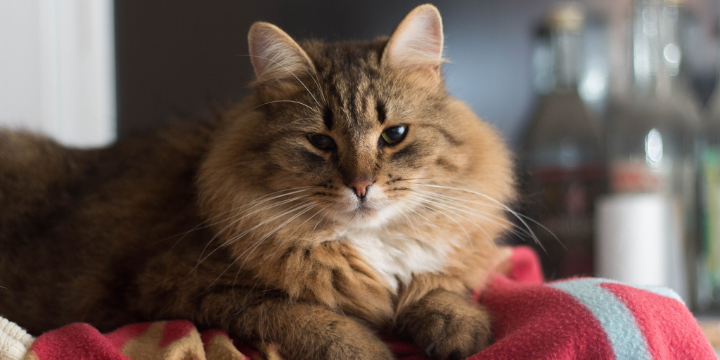It’s alarming and disgusting, and could well make you leap out of bed in the middle of the night when you hear it − it’s the sound and sight of your cat ejecting a fur ball! So what causes them, and how might they be prevented?
Despite the name, fur balls (or hair balls) are usually cylindrical, slimy clumps of fur that typically resemble the colour of the cat that coughed them up.
What causes fur balls?
Cats that have long hair and shed a lot, and those who groom themselves excessively can ingest large volumes of hair. While cats can excrete a small amount, it’s not uncommon for some of it to remain in their stomach and eventually be vomited up.
Excessive hair ingestion is not the only cause − poor-quality food and a moisture-deficient diet may also be to blame.
There may be more serious issues that can make your cat prone to hairballs, such as gastroenteritis, intestinal valve problems and cancer. If your cat is lethargic with a low appetite and is frequently vomiting or dry retching, they should be examined by a veterinarian immediately.
What can you do about fur balls?
Firstly, talk to your vet to find out the cause of fur balls and advice on managing them. While you can’t always prevent them, there are certainly things you can do to reduce how often they occur.
You may be able to combat the problem by brushing and combing your cat regularly. Changing their diet could also help. Your vet may recommend a specific gastrointestinal food that supports healthy skin and coat, while addressing the fur problem. They may also advise on appropriate sources of fibre to aid your cat’s digestive system; or supplements to help improve their skin and fur condition.
If you’re concerned about any issues your cat is experiencing with fur balls, please call our friendly team on (02) 4648 2450 to speak to one of our staff. It’s important to rule out any potentially serious conditions.


